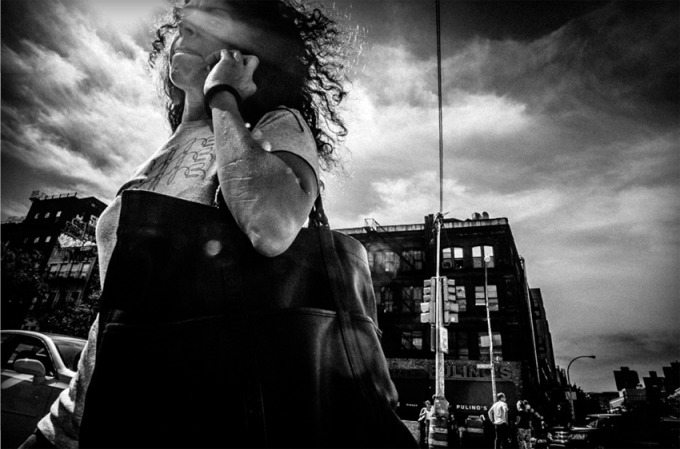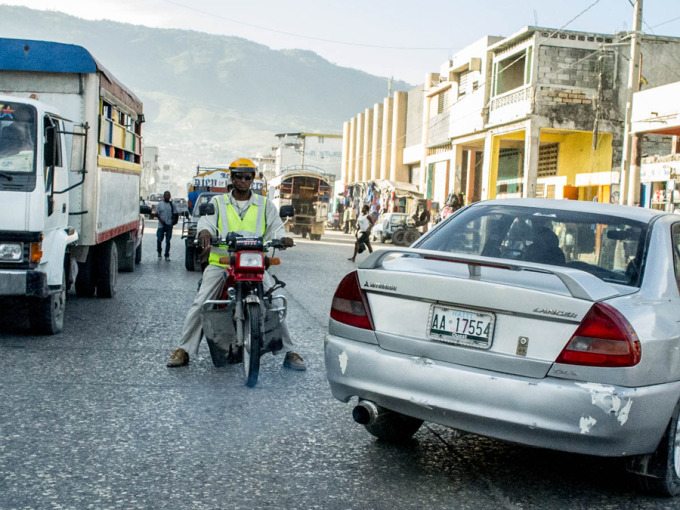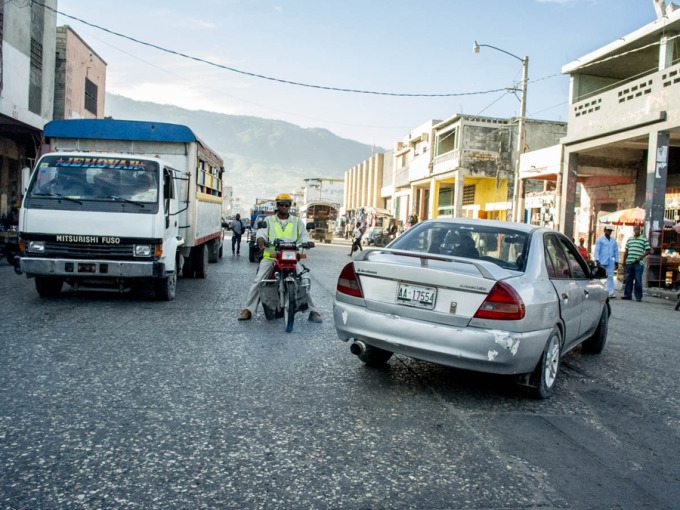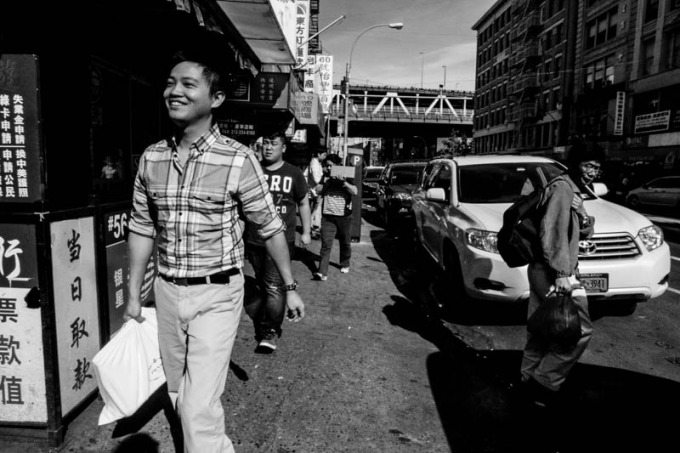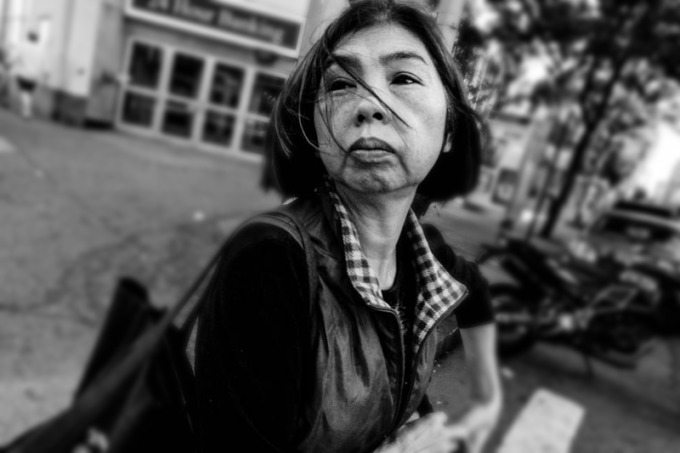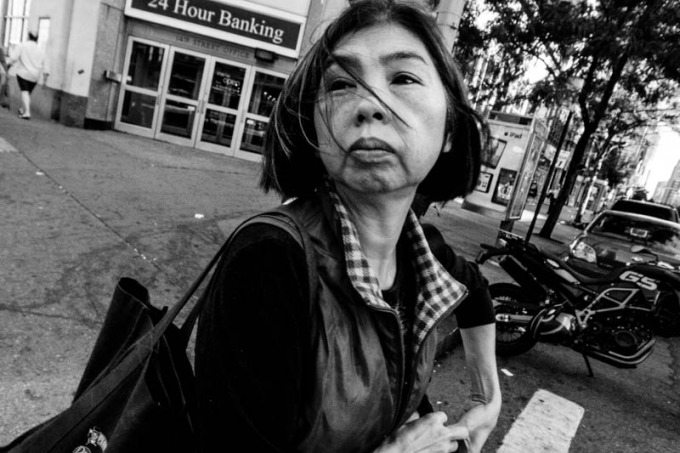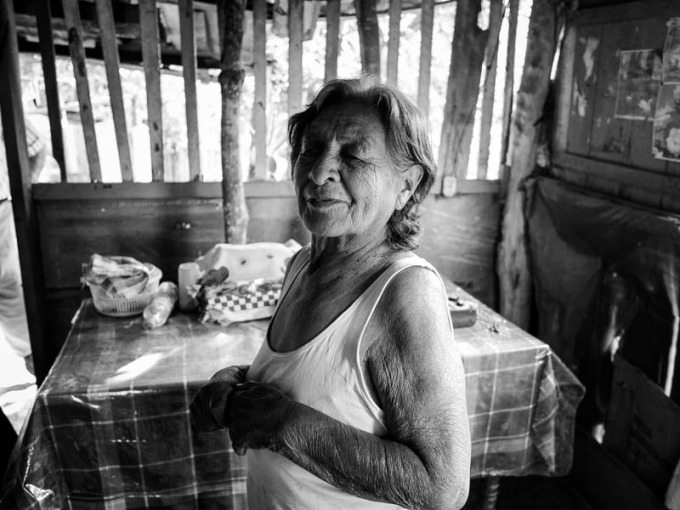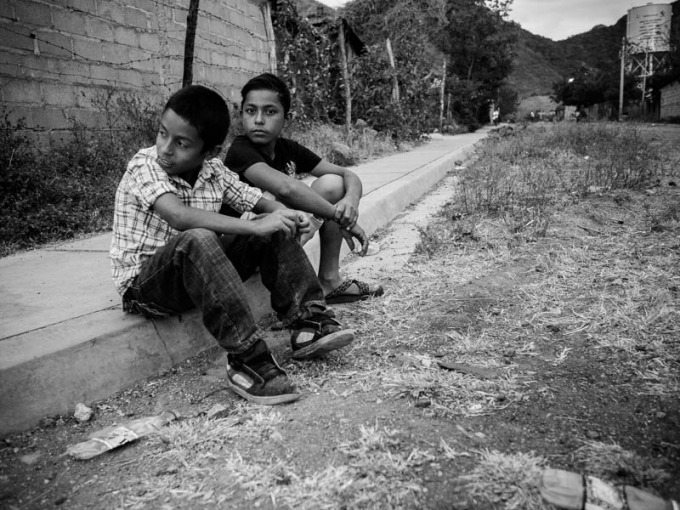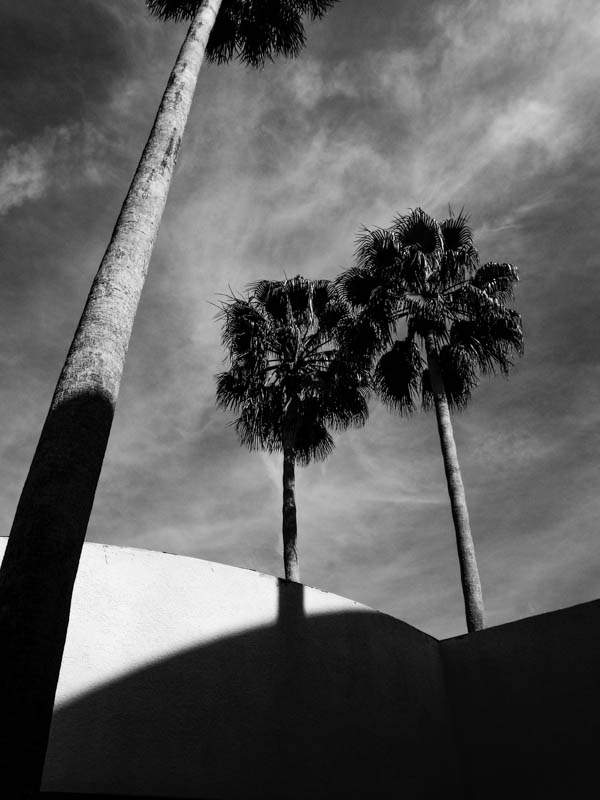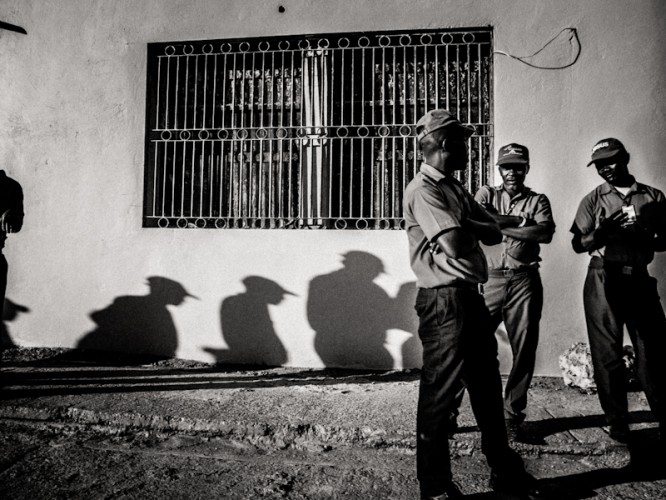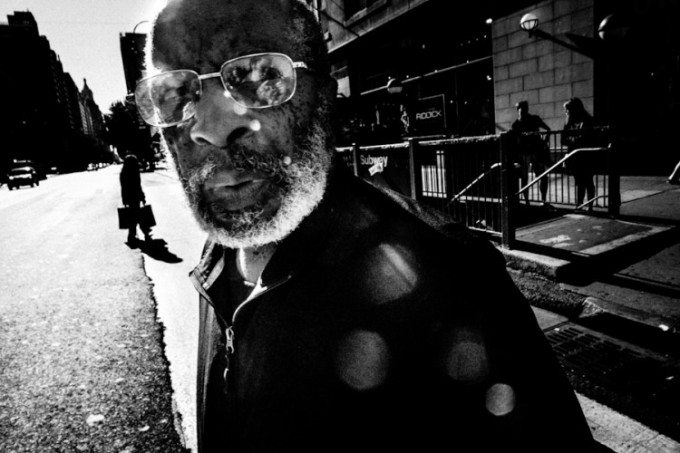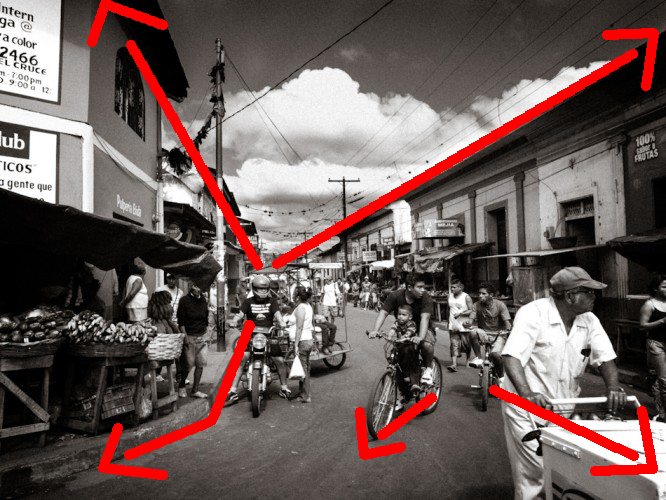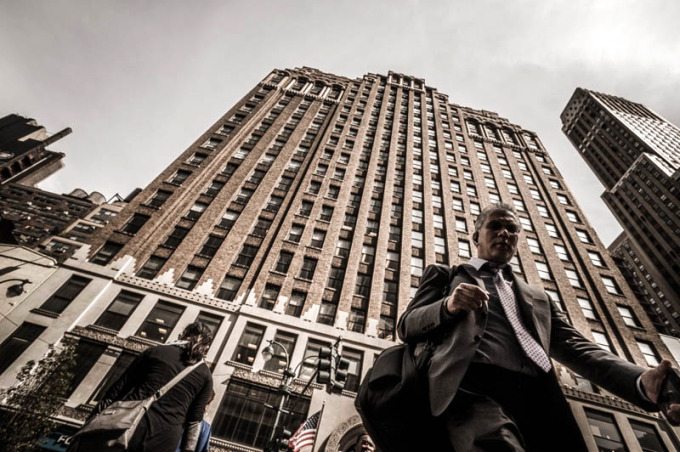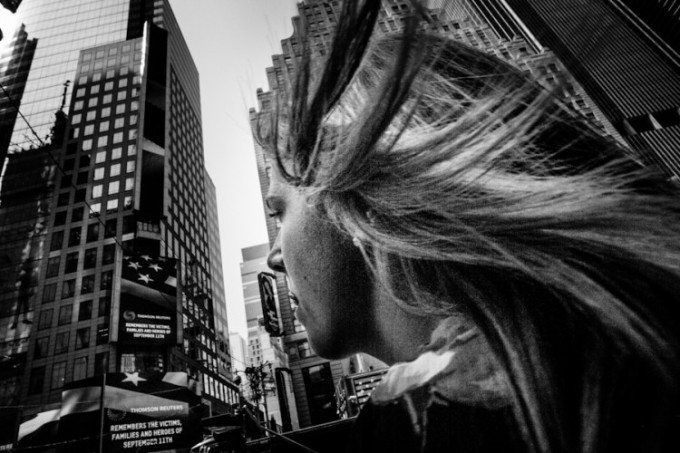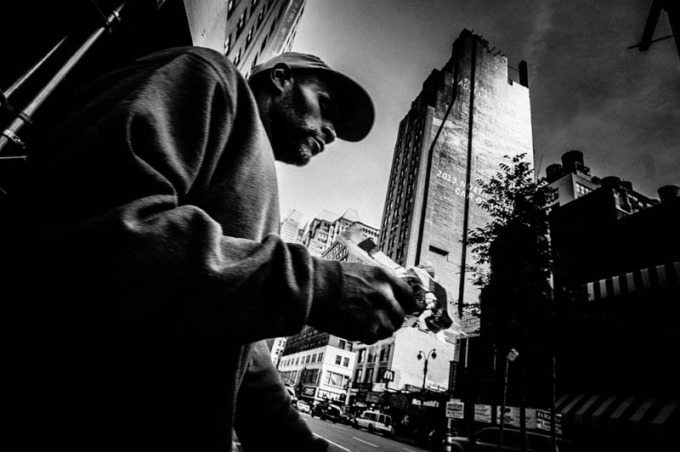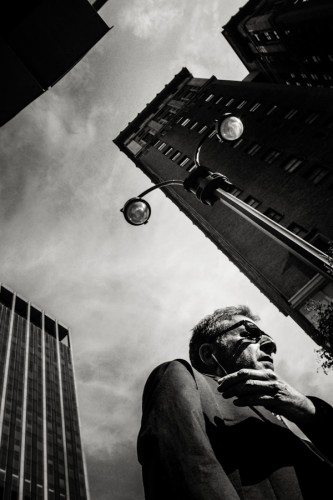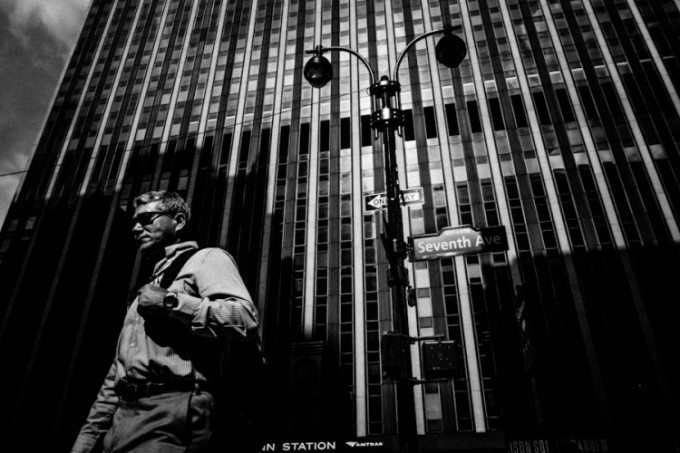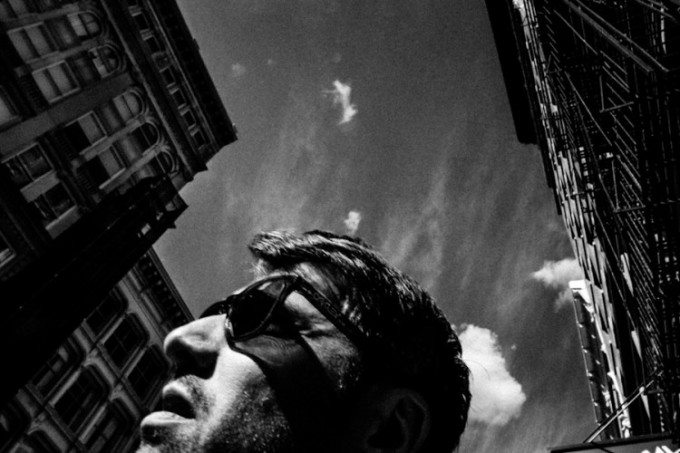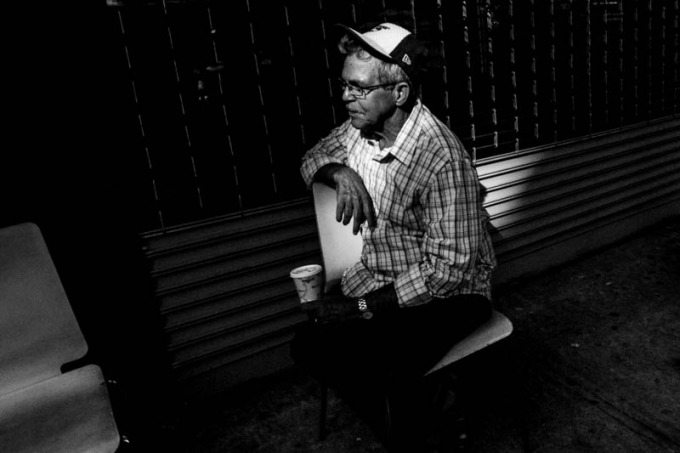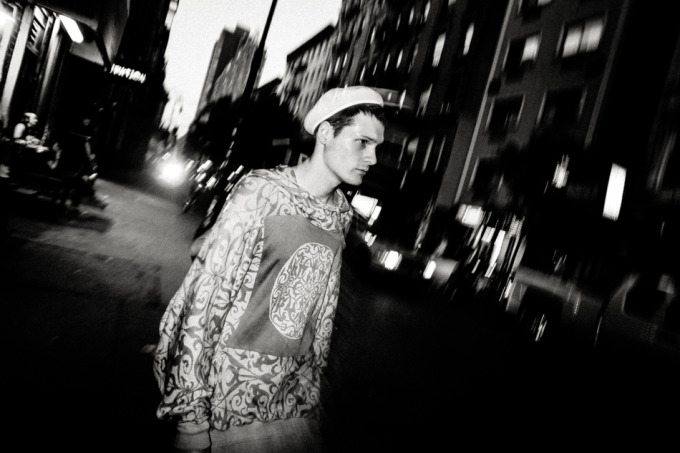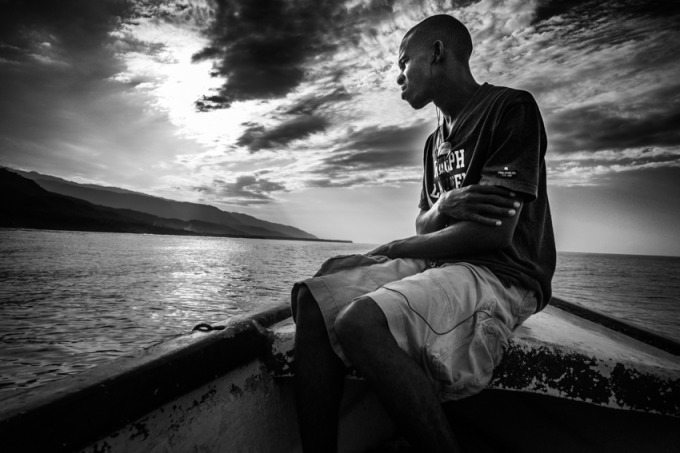Last Updated on 12/05/2014 by Chris Gampat
Editor’s Note This article was written by Olivier Duong, a Haitian, French, Vietnamese photographer and can be found here
Along with a friend, he publishes Inspired Eye, a street photography magazine every month. Please check it out!
This post is being republished with permission from the Inspired Eye.
So, you just got a camera that has it’s lens stuck at the 28mm focal length. Maybe the Ricoh GR, the Nikon Coolpix Aor maybe the Fuji WCL X100 adapter. You’re freaking out. The world is HUGE! How are you going to make images with such a wide field of view??? Stop. Don’t panic, breathe. It’s going to be ok. Here’s the beginner’s guide to the 28mm focal length to get you started.
28mm: An introduction
A 28mm lens is considered a wide angle lens. The free photography course will get into what that is if you don’t know. But for now, it basically means that you can cram more into your image than a longer lens like 50mm.
Say this was a 50mm shot:
I was able to get the bike, a bit of a truck on the left and a part car on the right, right? Here’s a 28mm shot:
Now we can cram more of the world in the frame, no? I can fit the car, the truck, even the surrounding buildings into my frame. Knowing that, what’s the big issue with the 28mm?
The 28mm causes problems to many people for a variety of reasons:
1) It’s harder to balance
If you can imagine yourself for a moment juggling 3 balls. Heh. You’re not bad at all. Now imagine doing so with 9 balls. Harder isn’t it? Well the 28mm is like that, since you can cram more of the world in it, you have to take more things into consideration when framing.
Say I have a telephoto in hand, how hard is this to balance:
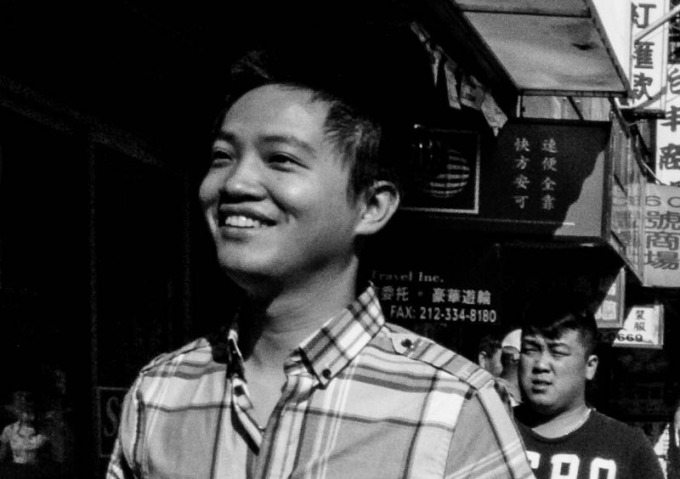
Meh. I only have the guy in the back to worry about. Now imagine that I have a 28mm:
Now there’s much, much more I have to worry about. The guy in the back, the person in the back, the guy on the right, cars, lines, glip! It’s a major turn off for many.
2) No Bokeh superpowers
Bokeh is the out of focus area. It’s the easy way to make your subject pop and it’s pretty much a surefire way to bring attention to your subject. There would be no problem for images like this:
The woman is crisp, the background isn’t, so she pops. But you can’t get that with most 28mm. You’re stuck with this:
Well, not quite. The 28mm can Bokeh, just not as much as most people want it to. You can’t completely pull out your subject from their background with Bokeh on a 28mm (for most cameras). Here’s a 28mm shot at 2.5 on an APSC sensor:
While the background is out of focus, everything is still pretty much defined. All that to mean, you will have to find other ways to bring attention to your subject besides blurring out the background. It’s another matter when you have a 28mm 1.4 or 1.8 on a Full Frame sensor, the Bokeh is way better, see Christophe Debon’s work in issue 2, but it won’t be as creamy as a 50mm 1.4 for example. Most have an apsc sensor camera with a 28mm 2.8 or 2.5, so the Bokeh isn’t that great. Macro is another matter though…
3) You have to get close
In the 28mm field of view, you can cram more of the world into the image because things appear smaller with a 28mm. So if you have an image of a woman taken with a 50mm, she might appear as big as a thumb, but if you didn’t move and made the same image with a 28mm, she might now be the size of half a thumb. All of this to say, if you want something to be prominent in your 28mm frame, you have to get close. Closer than you would if you had a longer lens.
I got real close to get the shot above. But if I had a 50mm, I would have needed to be as close and I would get a similar image. In a nutshell, you will probably have to get real close to your subjects with a 28mm.
The big issues with the 28mm are: it’s hard(er) to balance, you can’t blur your way out of situations and it forces you to get closer. But, it’s totally awesome.
Using a 28mm
Here I try to address the big problems of 28mms….Consider these counter points to the above.
Longer focal lengths really limit your field of view in my opinion. Imagine a completely black room, your only contact with the world is trough a small window and a large one. Of course, the large one is the 28mm. I don’t know about you, but I want as much of the world that I can get. When you use a 28mm, it’s as much about the subject that you are shooting, as it is their background, their surrounding, their context.
The fact that you can’t really Bokeh your way out of any situation is actually a good thing. I remember being able to ride a bike with training wheels without any issues….until my parents pulled out those training wheels. I was able to ride a bike only when I couldn’t rely on those helpers. Removing the possibility of Bokeh actually forces you to be ever more aware of what’s in front of your camera. You need to bring attention to your subjects, you can’t blur it’s background, you will work the frame to find a way to do so without Bokeh.
All of a sudden, because of necessity, you are aware of the background, how it can either bring attention or pull attention from your subject. The lack of Bokeh, instead of being limiting, is actually freeing because you are forced out of your comfort zone to try new things.
The 28mm also forces you out of your comfort zone when it comes to portraits and people . You can’t get away by staying far from your subject, you have to get physically closer to get your shot. Now granted, getting close is not the end all of all photography, but if something forces you out of your comfort zone, it can only be beneficial. Here’s some tips on how tostop fearing when shooting street photography. I used to be so shy and timid, I couldn’t even look at my own brother in the eye. You can do it!
Tips for using 28mm lens
1) Actively seek out the punctum
When there’s lots of action that you have to include in the frame….it becomes ever so much more important to seek out the punctum.
I like trees, some of them more than others. So here I was going to the pediatrician when I saw a palm tree. The only thing I wanted from the shot was the single palm tree. But the 28mm being wide, I couldn’t just include that one tree, there was other things that was in the frame, like other trees. I then sought out to bring attention to it by placing myself where the shadow of a tree on the back aligned itself with the tree I wanted to bring attention to.
2) See in terms of broad shapes
There’s something called the uncanny valley, simply put, the more realistic something tries to be, the more critical we become and try to pick it apart. Just think of any live action movie that swaps the actor for a 3D model, you are highly attuned towards what’s wrong, while most animated characters have 4 fingers and you’ve never questioned that. Something similar happens like that happens with the 28mm focal length.
When there’s too many elements in a frame, the brain goes in simplify mode and starts seing things in broad shapes in order not to be overloaded with every single detail. So when shooting wide, the brain is less and less critical of the details and starts looking at the overall shapes. See the Law of Pragnanz.
3) Lead the eye
One of the most important concepts of photography is the one of eye travel. Essentially, the photographer has to lead the eye of the viewer. Since there’s more of the world included, and you can’t really Bokeh, you have to really be aware of all the broad elements of the frame (law of Pragnanz) to lead the viewer’s eyes. See this image here:
Here the Law of similarity and the Law of Continuity are in action. I wanted to bring attention to the men on the right. That’s as close as I could get – I was in a car – and I couldn’t just blur the background out. So I looked around to see how I could lead the eye and behold! Bunch of walking shadows appeared, and I made my shot.
Bokeh is the simplest way to lead the eye because it creates contrast between a subject and it’s background. But when you can’t really have Bokeh, you have to always be on the lookout for things to lead the eye to your subject.
4) Get closer
If you want to get a portrait of someone, you can be at a comfortable distance and have a nice shot with a 50mm. But with a 28mm, that person will be smaller in the frame, and they might get lost along with the rest of the background if you are too far away. In the image above, it’s clear who my subject is, he’s too big compared to the rest of the frame for there to be any confusion. So if you want better portraits out of a 28mm, it’s time to get close!
5) Think scenery
But at the same time, getting close is not the end all of all 28mm endeavors. The 28mm renders scenes very well. The difference between a chaotic scene with a well organized one is seeing in terms of broad shapes, being patient and being ready. The scene above works well because of the dynamic implied by the different vehicles:
The brain doesn’t see multiple houses, it sees a straight line, the brain doesn’t see a guy on a bike with his kid first, it sees a vector pulling to the bottom left. So when trying to frame a scene with a 28mm, remember that the brain goes for broad shapes first, so be patient for people to come around, do something, and then click the shutter release. You will have to be attentive to what’s going on in the frame because every broad element will affect how the photograph is seen at the end.
6) Don’t be afraid to exaggerate
Saint Wiki says “In photography and cinematography, perspective distortion is a warping or transformation of an object and its surrounding area that differs significantly from what the object would look like with a normal focal length, due to the relative scale of nearby and distant features.”
See the guy’s hand on the right? It’s distorted. Perspective distortion is to be exploited! It’s like if something is close to the corner at a sharp angle, it’s starting to pull on it….so why not use this wisely?
When I saw this lady pass by, I quickly framed her so that her hair would be close to the lens and close to the corner. I used them to exaggerate her hair. Here’s another shot:
I seriously exaggerated this guy’s features. With a 28mm, things can get out of proportion, experiment!
7) Use negative space wisely
I wanted to make a portrait of this too-busy-for-you guy. Put my camera up….and I had a lamppost and a bunch of buildings. How could I bring attention to him? Well….negative space of course! I waited for the guy to come at a spot where there was only the sky and framed the shot. If you see empty space in your shot, that might be a good idea to place your subject there.
8) Frame within a frame
So….there’s too much going on in the frame, how can you make your frame smaller, without cropping? Simple, you place your subject within a frame. See here:
There’s two frames here. One is the boundaries of the image, but there’s another frame formed by the black shadow on the background. Whatever is in your frame that is within your frame (try to say that 10 times fast) will pop. See the Law of Similarity for why that is. So look for shapes where you can nest your subject when shooting a 28mm, it will help lead the eye.
9) Work your angles
In the movie “Dead Poets Society“, there’s an atypical teacher (played by Robin Williams) that told his students to get on top of their school tables and look down. His point? To have a different way of looking at things. Sometimes I do the same for Street Photography, I shoot up while I bend down, I try to see things differently. So the tip here is to try shooting low, or to work out other angles that you typically don’t think about doing. It’s all about seeing differently. Who said movies don’t teach you anything again?
10) Use the force light, Luke
Whatever is contrasty will lead your eye to the contrasty part. You want to know what has a lot of contrast? Light on dark. When using a 28mm, always try to seek out patches of light, they bring attention to them very quickly. See above, your eyes can’t help to focus on the guy because he pops out so much from his background! If you can’t have patches of light, you can always use flash and darken your background:
Conclusion
Don’t be afraid of the 28mm, it might just be your best friend. It takes a bit getting used to, but in my opinion, it opens up a world of possibilities that’s just not possible at longer focal lengths. Plus when you limit yourself, you become more creative. I used to be a Bokeh 50mm guy, until I was forced by the limits of my camera to use a 28mm. Without a doubt I grew as a photographer because of this. Try it! Be yourself, stay focused and keep on shooting.
P.S:
Check out Inspired Eye Magazine, the bulk of the photographers in there manage with their 28mm and wider. And pssst….why don’t you try something wider:
A special thanks goes to redditors “addled” and “This-Charming-Man” for their corrections and comments.


